Late Antique
1/31
Earn XP
Description and Tags
Name | Mastery | Learn | Test | Matching | Spaced |
|---|
No study sessions yet.
32 Terms
Old St. Peter’s Basilica
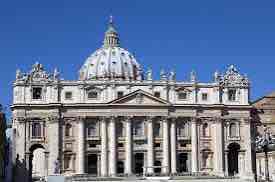
Portrait of the Four Tetrarchs
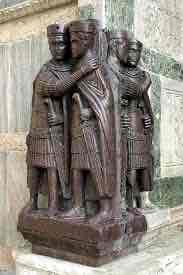
Samuel Anoints David
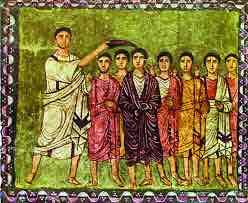
Sarcophagus of Junius Bassus
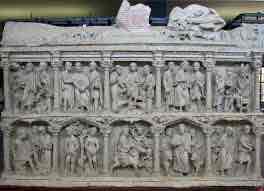
Edict of Milan
Proclamation issued by constantine and Licinius that granted religious tolerance to Christians and other faiths within the Roman Empire
Mystery Cults
Religious groups that were secretive and involved initiation rites
Torah
Law of God as revealed to Moses and recorded in the first five books of the Hebrew scriptures
New Testament
Second part of the Christ Bible; recording the life and teachings of Jesus Christ and his earliest followers
Evangelists
4 authors of the bible
Matthew
Winged man or angel → Jesus’ incarnation and human nature
Mark
Winged lion → courage and monarchy
Luke
Ox → sacrificial nature of Jesus’ ministry
John
Winged eagle → his visions and heavenly opening of his gospel
Orant
Figure in a posture of prayer → standing with outstretched arms
Lunette
Arched aperture or window
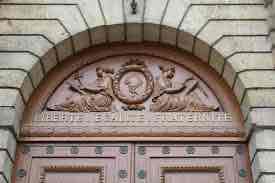
Apse
Large semicircular or polygonal recess in a church. Containing the altar.
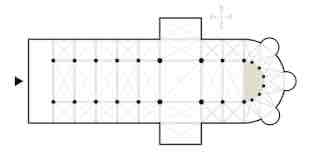
Transept
Enter the two parts forming the arms of the cross shape, projecting at right angles from the nave.
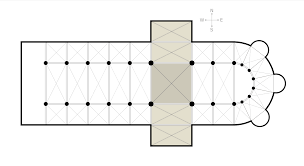
Narthex
Antechamber, porch, or distinct area at the western entrance of some early Christian churches, separated off by a railing.
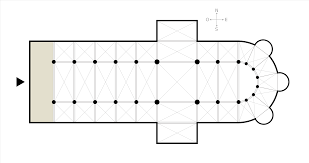
Aisles
Passage between rows of seats in a building

Nave
Central part of a church building
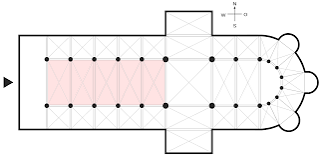
Atrium
Open courtyard at the entrance of a church
Chi Rho
Christian symbol that is a combination of the first two letters of the Greek words for Christ. Symbol of faith and identity and is often used to represent the divine nature of a Christ and his role in salvation.
Tetrarchy
Form of government where power is divided among four people
Putto/putti
Representation of a naked child, especially a cherub or a cupid in Renaissance art.
Liturgy
Form or formulating according to which public religious worship is conducted
Catacombs
Underground cemetery consisting of a subterranean gallery with recesses for tombs
Menorahs, stars, tablets, arc of the covenant, torah, and hebrew script
Aniconic representations for Judaism
Cross and fish
Aniconic representation for Christianity
Constantine
One of the last equestrian monuments of antiquity. The Equestrian Statue of Marcus Aurelius survives due to his mistaken identity for this Roman Emperor.
Poryphyry
The material of the Portrait of the Four Tetrachs, known for its purple-red appearance, was also associated with imperial patrons.
Mosaic
Patterns or pictures are made by embedding small pieces of stone or glass in cement on surfaces such as walls or floors.
Tesserae
Small pieces of stone or glass used in mosaics